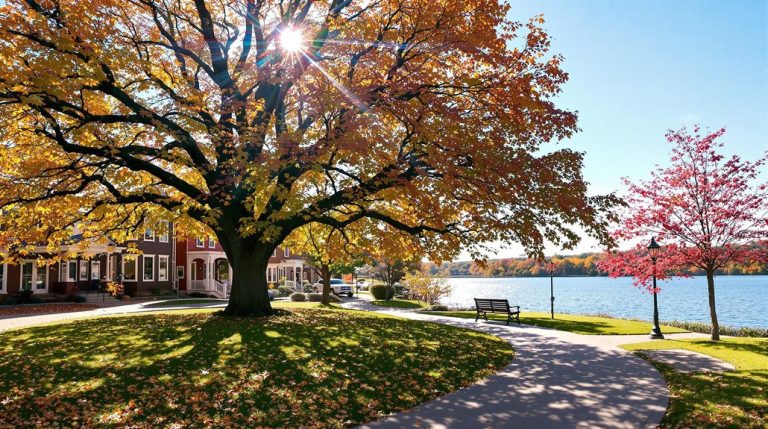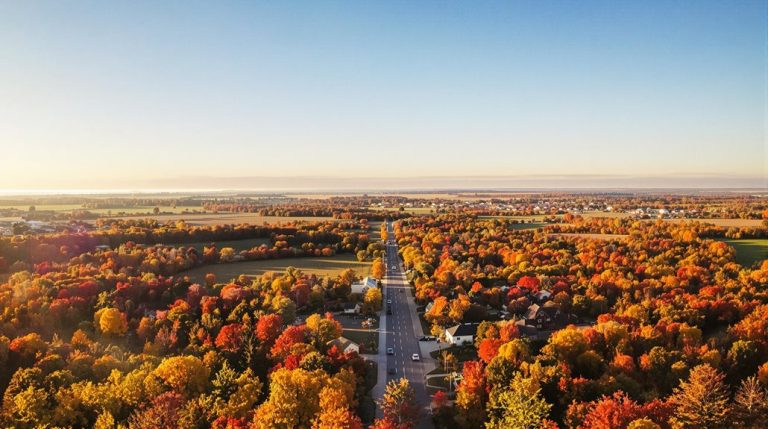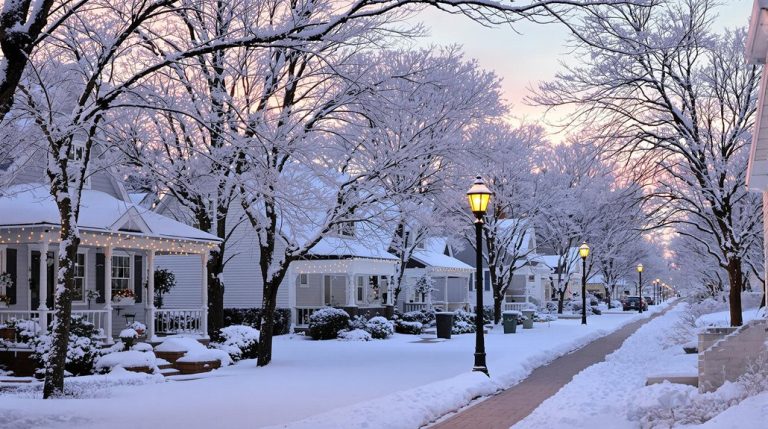Robbinsdale MN
Robbinsdale, Minnesota, established on April 19, 1893, is a city founded by entrepreneur Andrew Bonney Robbins, who developed the Robbinsdale Park subdivision. Its growth was marked by innovative infrastructure, recreational activities, and industrial development. Notable landmarks include North Memorial Hospital and the historic library housing the Robbinsdale Historical Society. The city celebrates its heritage through Whiz Bang Days. For further insights into its development and current challenges, exploring its history reveals a rich tapestry of evolution and growth.
Expert Highlights
- Robbinsdale, MN, was founded by Andrew Bonney Robbins in 1893.
- The city developed from the Village of Crystal with innovations like privately funded streetcars.
- Notable landmarks include Graeser Park and the historic library museum.
- Fawcett Publications and North Memorial Hospital are historic industries.
- Whiz Bang Days honor Captain Billy’s Whiz Bang publications annually.
Founding and History
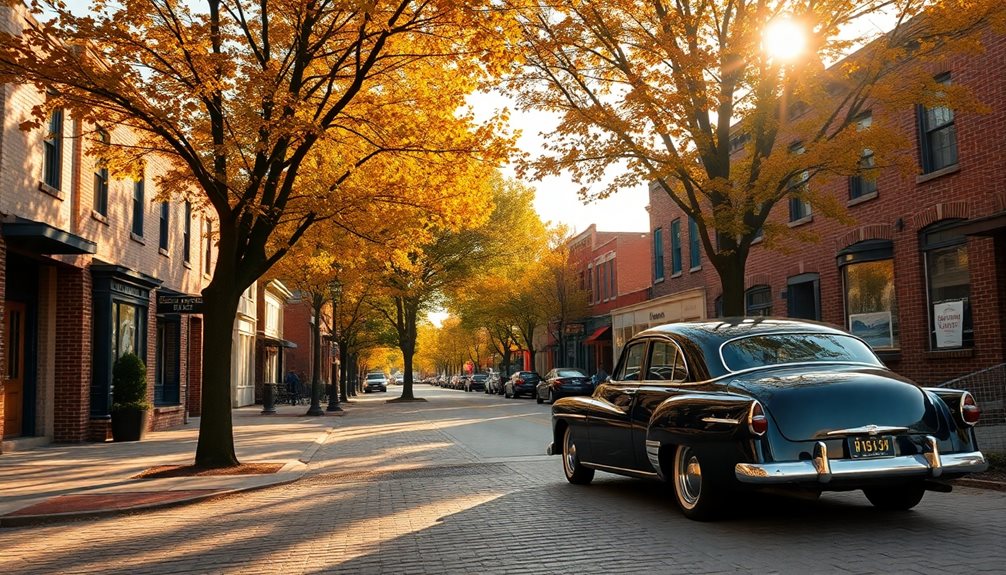
The city of Robbinsdale, Minnesota, located just northwest of Minneapolis, was founded by entrepreneur and politician Andrew Bonney Robbins. Robbins developed a subdivision named Robbinsdale Park after purchasing 90 acres near Lower Twin Lake.
The Village of Robbinsdale was officially organized on April 19, 1893, replacing part of the Village of Crystal. Robbinsdale evolved into a city with the adoption of its charter in 1938.
Historically, the area attracted residents through recreational activities and innovative infrastructure, such as a privately funded streetcar line. The city’s growth led to the development of numerous custom deck designs that enhanced residential properties and outdoor living spaces.
Development and Growth
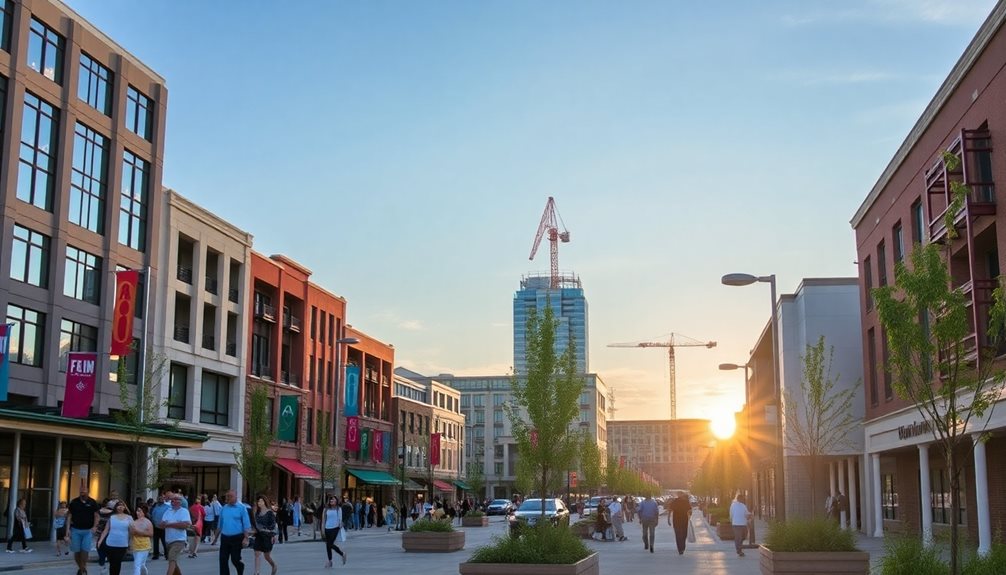
Following its incorporation in 1893, Robbinsdale, Minnesota, experienced significant development and growth.
The city’s evolution includes several key trends:
- High-Density Redevelopment: Emphasis on high-density residential and mixed-use projects.
- Transit-Oriented Development: Development near transit lines to enhance accessibility and economic opportunities.
- Station Area Planning: Strategic planning around the Blue Line Extension for sustainable growth.
- Economic Diversification: Efforts to support diverse businesses while preserving community character.
Many residents have enhanced their properties by adding custom outdoor spaces through professionally designed decks and porches that complement the city’s architectural character.
Notable Landmarks and Industries
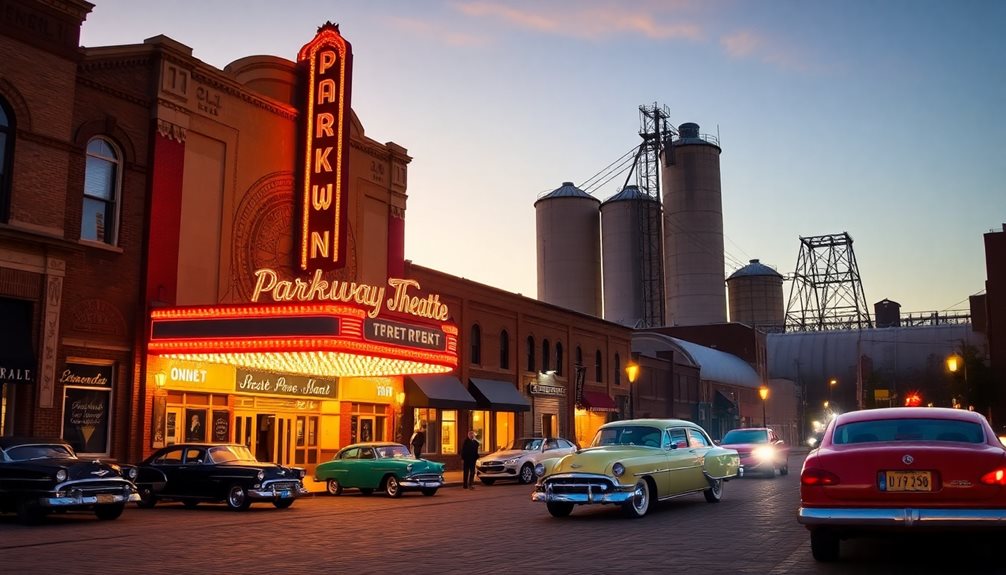
Robbinsdale, Minnesota, boasts several notable landmarks and industries, reflecting its rich history and cultural significance. Notable sites include Graeser Park, known for its historical beehive fireplace, and the former Terrace Theatre, a mid-century modern landmark that was demolished in 2016. Local residents can enhance their properties with custom-designed decks that blend seamlessly with the area’s diverse architectural styles.
| Landmark/Industry | Description |
|---|---|
| Graeser Park | Historic beehive fireplace |
| Fawcett Publications | Founded 1919, publisher of pulp magazines |
| North Memorial Hospital | Level 1 trauma center |
| Robbinsdale Historical Society | Maintains a museum in a historic library |
| Whiz Bang Days | Annual celebration honoring Captain Billy’s Whiz Bang publications |
Challenges and Modern-Day Robbinsdale**
As the spotlight shifts to the modern challenges facing Robbinsdale, Minnesota, it becomes clear that alongside its historic and cultural landmarks, the city grapples with complex infrastructural and financial issues.
Particularly, the Robbinsdale Area Schools face significant budgetary challenges.
Key challenges include:
- A $20 million budget shortfall.
- Errors in budget implementation.
- Potential school closures.
- Reduced academic programs.
These issues require strategic planning and community engagement to address fiscal deficits and align with educational objectives. While some residents seek solutions through sustainable development, many are enhancing their properties with custom cedar decks to maintain neighborhood appeal despite the challenges.
Expert Final Thoughts
Robbinsdale, Minnesota, founded in 1893, evolved from a small township into a thriving suburb. It was named after Andrew B. Robbins, who influenced its residential development. The city features notable landmarks like the original library and Graeser Park. Fawcett Publications once operated there, producing popular magazines. Today, Robbinsdale hosts North Memorial Hospital, a significant medical facility. The city’s history blends industrial and residential growth amidst its scenic lakeside setting.





